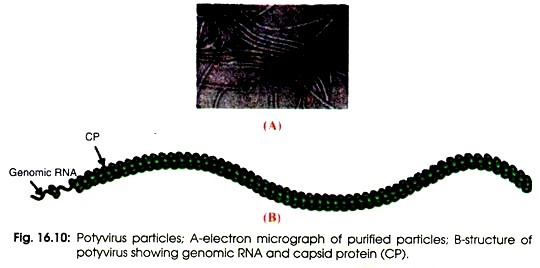ADVERTISEMENTS:
All the nerve fibres carry information in the form of nerve impulse.
Nerve impulse is the sum total of physical and chemical disturbances created by a stimulus (electrical, chemical or mechanical) in a neuron or nerve fibre which result in the movement of a wave along the nerve fibre.
The nerve fibre or axon is like a cylinder, the interior of which is filled with axoplasm (i.e., the cytoplasm of the nerve cell) and the exterior of which is covered with a thin membrane, the axon membrane or axolemma.
The axon is immersed in the extracellular fluid (ECF). Through axolemma movement of solute takes place between the axoplasm and ECF. Generally the solutes in ECF and axoplasm are in ionic form. In the axoplasm -vely charged protein molecules are present which are neutralized due to the presence of large amount of K+ ions. In the ECF (outside the axon) the -vely charged CI– ions are neutralized by the presence of +vely charged Na+ ions.
Conduction of nerve impulse is an electro-chemical process. Membrane of a non-conducting nerve cell or neuron is positive on the outside and negative inside. The difference in charge is about 70 to 90 millivolts which is called as resting potential and the membrane is said to be polarized. To maintain resting potential, sodium potassium metabolic pump operates.
This pump which is located on the axon membrane pump Na+ from axoplasm to ECF and K+ from ECF to axoplasm. It pumps more positive charges (3 Na+) from axoplasm to ECF than in the reverse direction (2K+), and is run by an enzyme called Sodium Potassium-ATPase. The concentration of sodium ions will be about 14 times more in ECF (outside) and concentration of potassium ions will be about 28-30 times more in axoplasm (inside).
When a stimulus (may be mechanical, electrical or chemical) is applied to the membrane of the nerve fibre, its permeability changes and sodium potassium pump stop operating. Sodium ions rush inside and potassium ions rush outside. This results in the positive charge inside and negative charge outside.
ADVERTISEMENTS:
The nerve fibre is said to be in action potential or depolarized. The resting potential inside the membrane is about -70 mV and the action potential inside the membrane is about +30 mV. The travelling of action potential along the membrane is a nerve impulse. After a period of action potential, again sodium pump operates and axon membrane will get resting potential by repolarization.
During this process the sodium ions will rush outside and potassium ions will move inside (reversal of the process taken place during action potential). Refractory period is the period of complete inexcitibility (restoration of nerve fibre) between deplorization and repolarization (1-6 milli seconds in mammals). During refractory period nerve fibre never transmits impulse.
In medullated nerve fibres (white fibres), the impulse jumps from node to node, it is called saltatory propagation (Fig. 1.21). It increases the speed of nerve impulse which is about 20 times faster in medulated than in non-medullated nerve fibres. The speed of transmission of nerve impulse also depends upon the diameter of the fibre. Fibres with larger diameter conduct impulse faster.
The velocity of conduction of nerve impulse in frog is 30 metres per second and that of mammal is 120 metres per second. The threshold value of any nerve fibre is the minimum strength of stimulus which initiates action potential in that nerve fibre.

